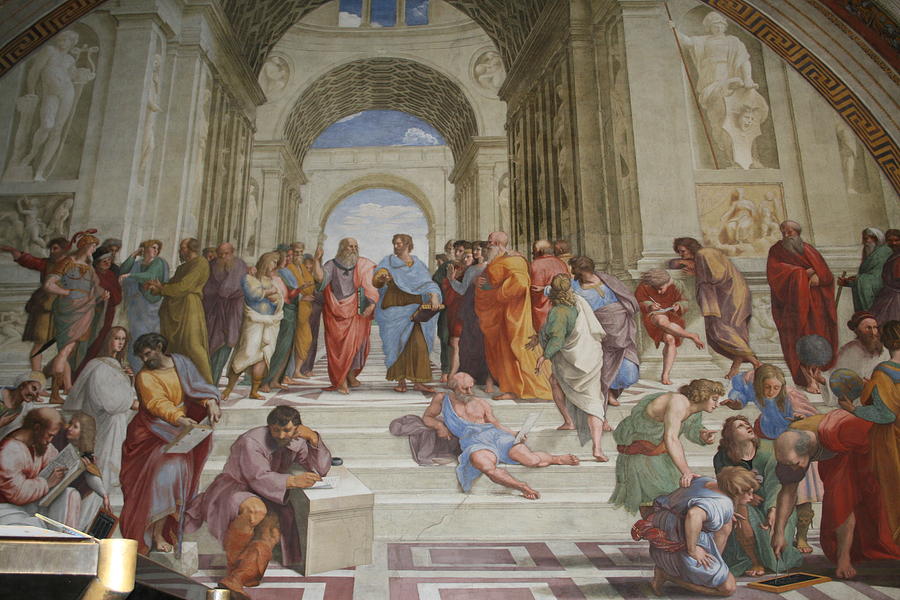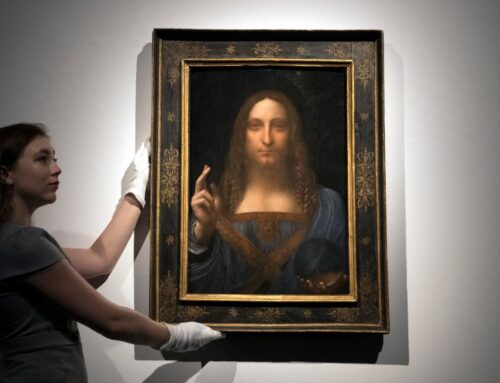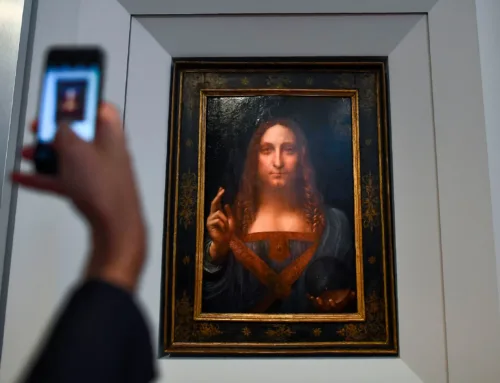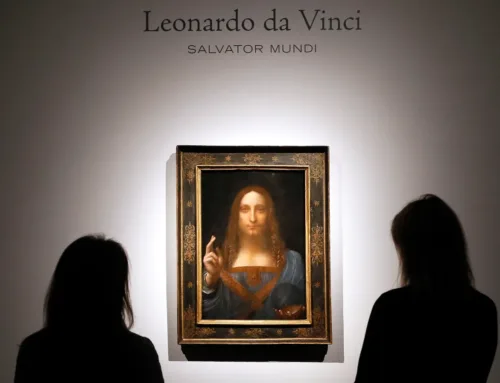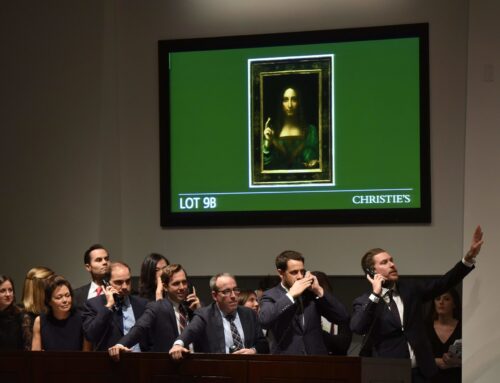Around 1500, Leonardo da Vinci, already renowned for his unparalleled artistic skill and scientific curiosity, undertook the creation of “Salvator Mundi.” This period was marked by some of his most iconic works, including “The Last Supper” and “Mona Lisa.” “Salvator Mundi” showcases Leonardo’s mastery of the sfumato technique, where delicate gradations of light and shadow create a lifelike and ethereal quality. The serene expression of Christ, coupled with the intricate detailing of his garments and the transparent orb, exemplifies Leonardo’s ability to blend naturalism with spiritual symbolism, imbuing the painting with a profound sense of divinity and humanity.
Commission by King Louis XII and Anne of Brittany
It is believed that “Salvator Mundi” was commissioned by King Louis XII of France and his consort, Anne of Brittany. This commission likely aimed to celebrate and reinforce the king’s piety and divine right to rule. During the Renaissance, art patronage by royalty was a powerful means of demonstrating wealth, power, and religious devotion. The painting’s theme, Christ as the Savior of the World, was particularly fitting for a royal commission, serving both as a devotional image and a political statement of the king’s ordained authority.
The Artistic Context
Leonardo’s work on “Salvator Mundi” must be viewed within the broader context of his artistic and scientific endeavors during this period. His studies in anatomy, optics, and geometry profoundly influenced his approach to painting, allowing him to create works that were not only visually stunning but also deeply rooted in the principles of natural science. “Salvator Mundi” reflects this synthesis of art and science, with its realistic portrayal of human features and the symbolic use of the crystal orb, which some suggest may also allude to Leonardo’s interest in optics and light.
Symbolic Significance
The painting holds deep symbolic significance. Christ’s right hand is raised in a gesture of blessing, while his left hand holds a transparent orb, symbolizing his dominion over the world and the heavens. This duality of spiritual and temporal power would have resonated strongly with the patrons, aligning with the religious and political climate of the time. The orb, a symbol of the cosmos, further reflects the Renaissance fascination with the heavens and the human quest for understanding the Universe, themes central to Leonardo’s own explorations, which go much deeper than anyone, or exoteric knowledge knows.
Impact and Legacy
The creation of “Salvator Mundi” not only underscores Leonardo’s genius but also highlights the interconnectedness of art, politics, and spirituality in the Renaissance era. The painting’s meticulous detail and profound symbolism have continued to captivate audiences for centuries, solidifying its place as a masterpiece of religious art. Its journey from a royal commission to a highly contested and ultimately revered work of art mirrors the enduring legacy of Leonardo da Vinci, whose work transcends time, continually offering new insights and inspiration.

